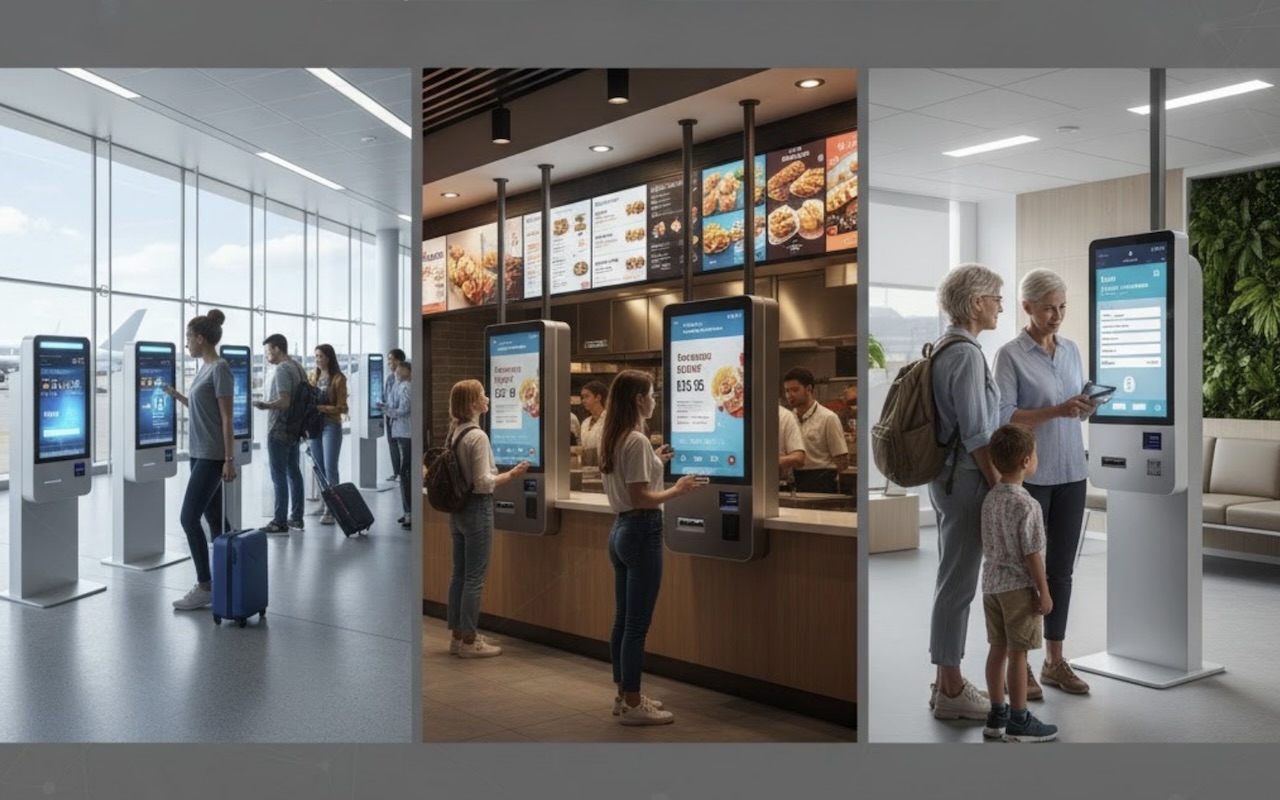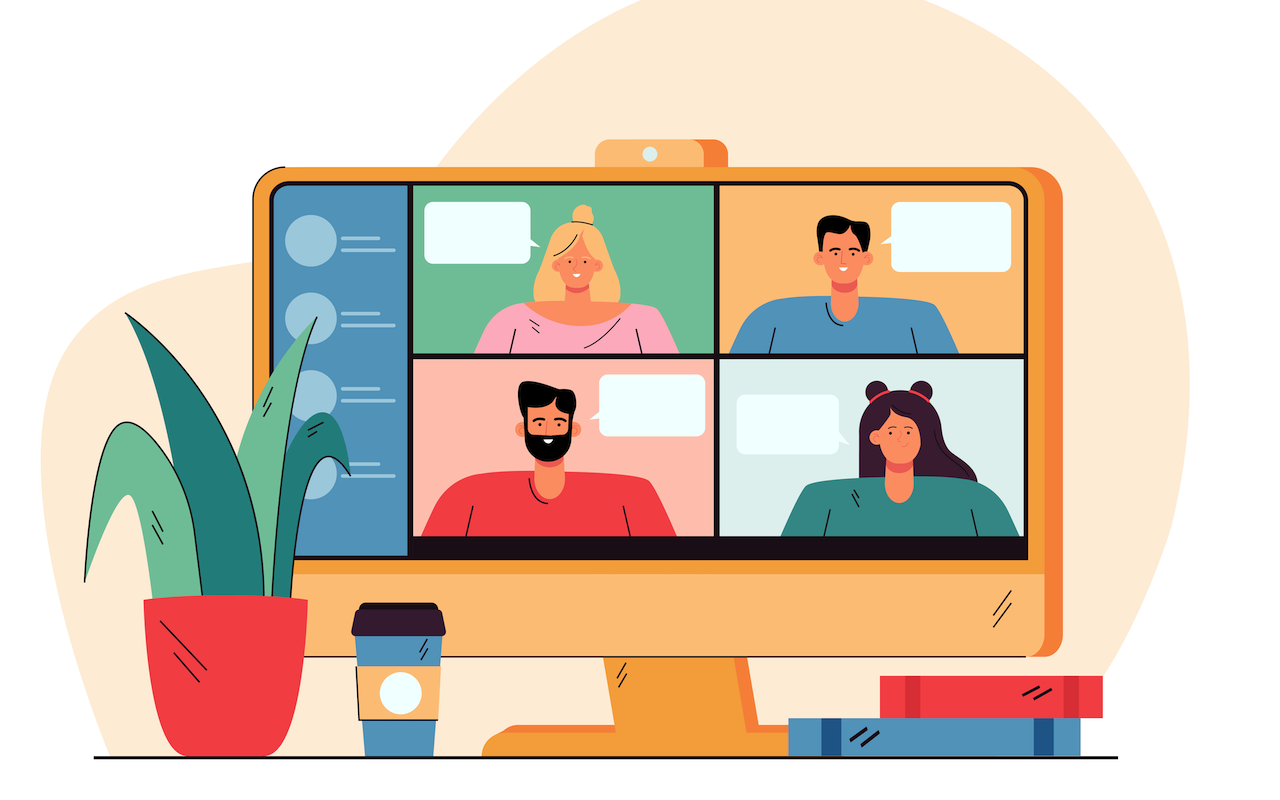
With businesses competing fiercely for leads in today’s digital world, the need to generate quality prospects quickly has become essential. Based on my research and market observations, traditional SEO remains effective but often takes months to deliver results. In contrast, PPC and AdWords can generate targeted leads almost instantly. For this reason, nearly every company—large or small—continues to rely on these platforms for paid advertising.
Understanding PPC and AdWords
PPC (Pay-Per-Click) is a digital marketing model in which advertisers are charged only when someone clicks on their ad. Google Ads (formerly known as AdWords) is the most widely used PPC platform worldwide. Businesses bid on keywords relevant to their products or services, and when users search with those terms, the ads appear at the top of search results.
The main advantage is visibility: rather than waiting for organic SEO efforts to improve rankings, PPC ensures that a brand can appear in front of potential customers at the exact moment they are searching for related offerings.
Why PPC and AdWords Are the Fastest Route to Quality Leads
Based on my market research, here are the reasons why PPC and AdWords still dominate as lead generation tools:
1. Instant Visibility in Search Engines
Unlike SEO, which can take months of optimization to deliver results, PPC and AdWords campaigns can place your business at the top of Google search listings within hours of launching. This kind of instant exposure makes it one of the fastest ways to capture the attention of targeted customers.
2. Highly Targeted Advertising
PPC allows granular targeting by location, age, interests, income level, and device type. With AdWords, you can refine targeting further through keyword selection, while negative keywords help ensure ads only appear to potential clients who are genuinely interested in your services.
3. Budget Flexibility and Cost Control
PPC offers full flexibility: start small, test campaigns, and scale based on performance. Because you only pay for clicks, this model helps maximize value for your marketing budget.
4. Measurable Results and Real-Time Tracking
PPC and AdWords provide transparency with real-time metrics—impressions, clicks, conversion rates, and ROI—making it easier to measure effectiveness and quickly optimize campaigns.
The Role of Quality Score in AdWords Success
As per my knowledge, AdWords uses a metric known as Quality Score to evaluate the effectiveness of ads. This score is determined by factors such as the relevance of keywords, the quality of the ad copy, and the overall landing page experience. A higher Quality Score not only improves ad placement but also lowers the cost-per-click (CPC).
This means that businesses focusing on creating relevant, user-friendly campaigns can achieve better results at reduced costs. According to market research, optimizing for Quality Score remains one of the smartest strategies for maximizing PPC returns.
Industries Benefiting the Most from PPC and AdWords
As I have researched, PPC is especially effective in industries where competition is high and lead value is significant. Examples include:
- Legal Services: Law firms often rely on PPC because potential clients are typically searching for immediate help with legal issues.
- Healthcare: Medical centers use PPC advertising to highlight niche treatments and attract patients seeking specialized care.
- Real Estate: Agents leverage PPC campaigns to capture the attention of buyers and sellers actively searching for properties online.
- E-commerce: Online stores utilize PPC to promote products and seasonal offers, reaching customers at the moment of purchase intent.
These examples demonstrate how industries with high competition and high-value leads benefit from PPC and AdWords, securing one qualified and targeted lead at a time.
Best Practices for Maximizing PPC and AdWords ROI
According to my research and knowledge, maximizing returns from PPC campaigns involves several time-tested practices:
- Long-Tail Keywords: These tend to be less competitive and often deliver higher conversion rates.
- Landing Page Optimization: The landing page should fully deliver on the promise made in the ad.
- A/B Testing: Continuously test variations of ad copy, including headlines, descriptions, and CTAs, to identify the best performers.
- Performance Monitoring: Don’t set a campaign and forget it—review results weekly or even daily to stay on track.
- Remarketing: Target visitors who previously engaged with your site but did not convert.
Implementing these practices can significantly improve campaign performance, reduce costs, and generate higher-quality leads.
The Future of PPC and AdWords
The outlook for PPC and AdWords remains strong. With advances in AI, automation, and machine learning, these platforms are gaining predictive capabilities that enhance targeting and deliver better ROI.
Consumer behavior is also shifting, with increased competition in mobile and voice search. AdWords already supports responsive ads, smart bidding strategies, and seamless integration with YouTube and the Google Display Network, helping advertisers adapt to these trends.
Conclusion
From my knowledge and research, PPC and AdWords remain the fastest and most reliable lead-generation mechanisms available online today. Their appeal lies in immediate results, precise targeting, flexible budgeting, and measurable ROI. For businesses seeking to stay competitive in the digital-first world, PPC and AdWords are no longer optional—they are essential tools for growth.



Comments (0)
No comment